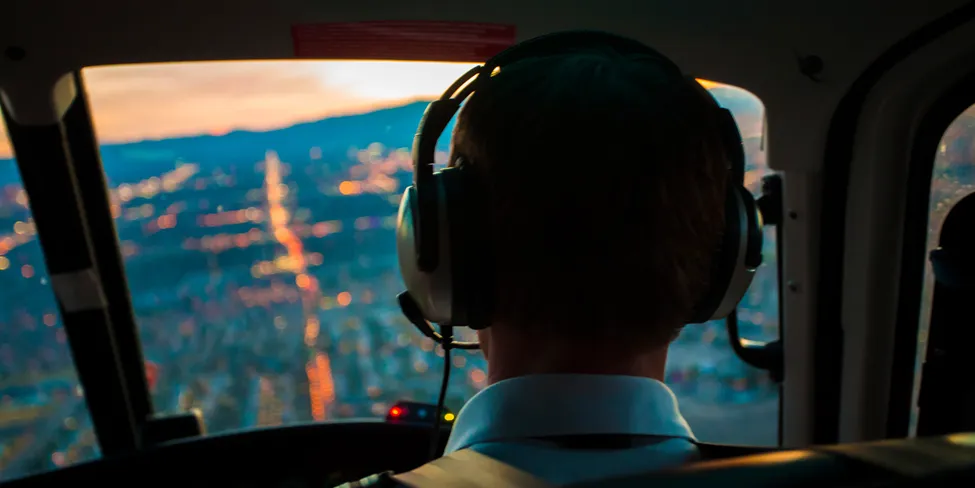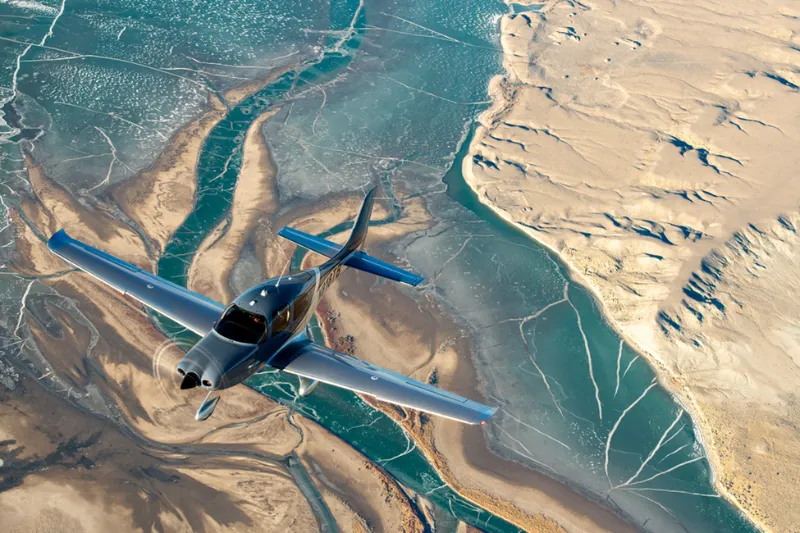
Demystifying CAPS: Navigating Cirrus Airframe Parachute System Emergency Procedures
When it comes to aviation safety, innovation has taken flight, quite literally. The Cirrus Airframe Parachute System (CAPS) is a groundbreaking technology that adds an extra layer of safety to flight operations. At Mach 1 Aviation, we believe in not only flying smart but also flying safe. Join us as we delve into understanding CAPS emergency procedures and how they contribute to elevating aviation safety.
Understanding the CAPS System
The CAPS is a whole-airframe parachute recovery system designed to deploy in emergency situations. This technology provides a last-resort option for pilots and passengers in situations where conventional recovery methods may not be feasible.
Emergency Scenarios and CAPS Deployment
Loss of Control: In scenarios where an aircraft enters an uncontrollable spin or dive, the CAPS system can be deployed to stabilize the aircraft’s descent.
Engine Failure: If faced with engine failure at low altitudes, CAPS can help reduce the impact forces of a forced landing.
Enhancing Situational Awareness with Cirrus Aircraft Technology
Cirrus aircraft are equipped with advanced avionics and technology that enhance situational awareness, thereby contributing to safer flights.
Benefits of Cirrus Aircraft Technology
Synthetic Vision System (SVS): SVS displays terrain, obstacles, and flight information, even in low-visibility conditions.
Enhanced Vision System (EVS): EVS enhances vision at night or during low-visibility situations, providing a clear view of the environment.
Traffic and Weather Information: Integrated traffic and weather information systems keep pilots informed about potential hazards.
Mach 1 Aviation’s Commitment to Safety
At Mach 1 Aviation, safety is our top priority. We ensure that our pilots are well-versed in CAPS emergency procedures and are trained to use Cirrus aircraft technology effectively. We believe that a safe flight is a smart flight.
The CAPS emergency procedures and the advanced technology of Cirrus aircraft are transforming aviation safety, enhancing situational awareness, and providing an additional safety net for pilots and passengers alike. Understanding CAPS and integrating technology like SVS and EVS contributes to safer flights and elevates the aviation experience. At Mach 1 Aviation, we’re dedicated to fostering a culture of safety and ensuring that every flight is a secure and informed one.
Ready to experience the cutting-edge technology and safety features of Cirrus aircraft? Contact Mach 1 Aviation to learn more about our training programs and how we prioritize safety in every flight.




